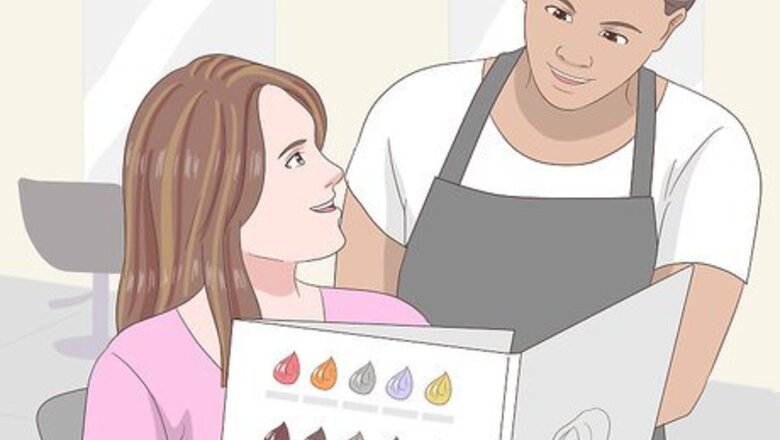
views
Minimizing Damage Before Your Dye
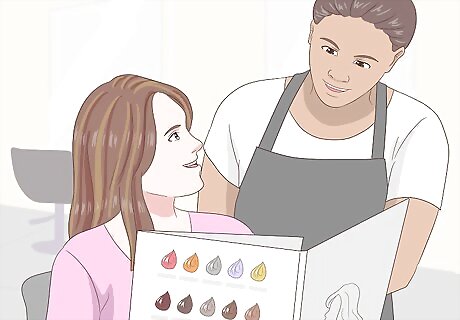
Get a hair consultation. Talk to a professional about your treatment plan. Every head of hair has its own history and its own needs. If you plan to bleach in a salon, the stylist who will bleach your hair may agree to see you for a quick consultation free of charge. You may need multiple visits before your hair is bleached to the right shade. Talking to your stylist beforehand will help you decide. Some questions you can ask include: "Will this damage my hair badly? What products should I be using before and after I bleach it? Will it take more than one appointment to get to the color I want?" Have your stylist test bleach on a strand of your hair. If you are planning to bleach your hair at home, test the bleach on your hair a few days before you bleach. If you are unsatisfied with the color or texture of the strand, take yourself in and consult with a stylist. Ask the stylist if the salon sells any Olaplex treatment products. These salon-grade products are designed to protect and rebuild hair before, during, and after intense chemical treatments like bleaching.
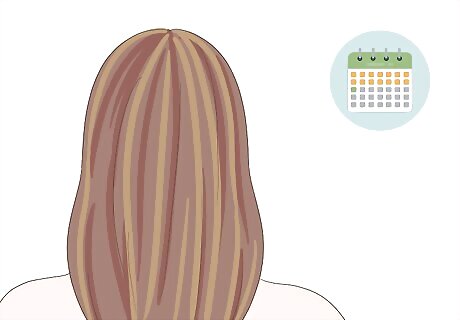
Wait for your hair to heal. If you recently treated your hair with any chemicals, wait to bleach. If you have recently dyed, highlighted, permed, or relaxed your hair, wait a minimum of two weeks before bleaching. For best hair health, wait a month or longer before you bleach. Wait even longer if your hair reacted strongly to the treatment. Hair that is already suffering (brittle, dry, breaking) should not be bleached. Keep in mind that the darker your hair is, the more damage it will sustain in the bleaching process. People with darker hair tend to have more trouble both getting their hair to the desired shade (because there's so much difference between the starting and finishing shades). Long term bleaching can also cause thinning and irreparable damage. Because the bleaching process is less arduous on lighter coloured hair, these effects are not as common though the risks are still there, because less bleach is used and often less frequently.
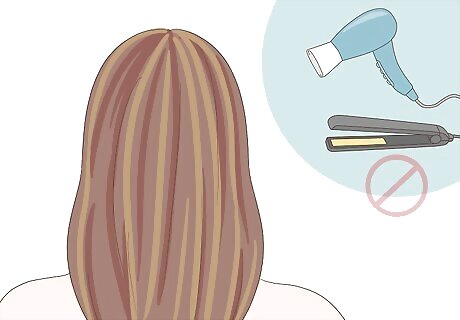
Reduce heating tools in the week before bleaching. Reduce or stop using a curling iron, hot rollers, flat iron, blow dryer or other heating tools. Heat tools damage hair, and bleach is already going to be hard on it. Hair that is natural, not treated, is healthier and will suffer less from bleach.
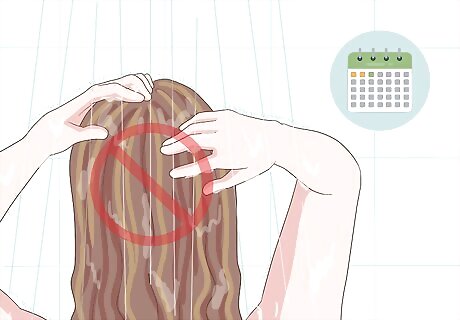
Stop washing your hair. Don't wash your hair the day of the appointment. In fact, it's healthier for your hair to be a little oily when you bleach. Don't wash your hair for two or more days before bleaching.. Bleach, unlike some hair dyes, does not need to go on clean hair. Having dirty hair isn't going to stop the bleach from distributing evenly.
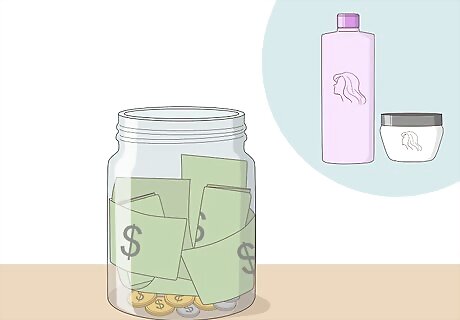
Save money for good products. There are a lot of products designed specifically for preserving and/or prolonging bleached and blonde hair, so it's a good idea to make sure that you can afford and access good products for caring for your new hair - before you make the jump. Some salons will sell it at touchups, but it's a lot cheaper to get something at the supermarket. Similarly, extra care needs to be taken with styling because the bleach strips the hair and makes it weaker, even with proper care, so if you're used to (for example) heat curling, consider also adding a heat protection product or non heat styling products to your repertoire.
Nourishing Your Hair with Natural Oils
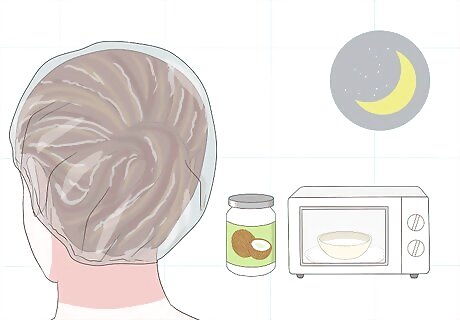
Start applying oil to your hair. Coconut oil in particular strengthens the proteins in your hair but avocado and argan oils are also great for looking after damaged or treated hair. Starting before you bleach will help your hair tolerate and absorb the bleach better. In particular, the night before you dye your hair, melt half a cup or more of coconut oil in a saucepan or in the microwave. Wait for it to cool, then massage it into your hair. Sleep with a plastic shower cap over it, or cover your pillow with an old towel. You'll get pretty oily, but don't worry: coconut oil is good for your skin, too. If you're bleaching at home, you can re-apply the oil before you apply the bleach. Don't wash it out. After you've dyed your hair, continue to look after it by applying oil every day or two. Massage the oil into your hair, starting at the ends and ending near the roots.
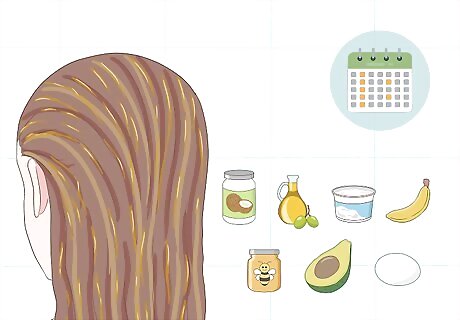
Start using a mask. Once or twice a week, apply a mask to your hair. Make a mask at home by mixing any combination of coconut oil, olive oil, yoghurt, honey, bananas, avocadoes, and egg. Blend together and wear in your clean, dry hair for 30 minutes. For best results, start this routine as soon as you know you are going to bleach your hair, and maintain it after you have bleached. Tip: Many hair care professionals recommend using masks instead of washing with conditioner, based on their power to moisturize and strengthen damaged hair. You can also buy professional masks and deep conditioners.
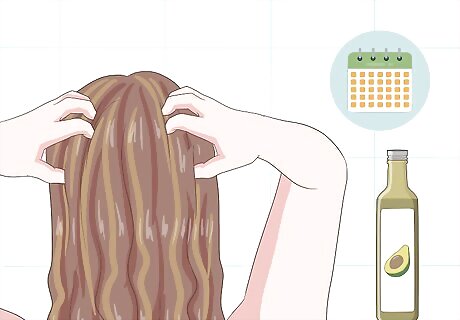
Apply oil daily. Oils such as coconut, argan and avocado are great for healing color-treated, bleached, and fried hair. If you don't have time to make a mask, just massage some oil in, starting at your ends and ending at your roots. Start applying oil as soon as you know you are going to bleach, and maintain it in your routine.
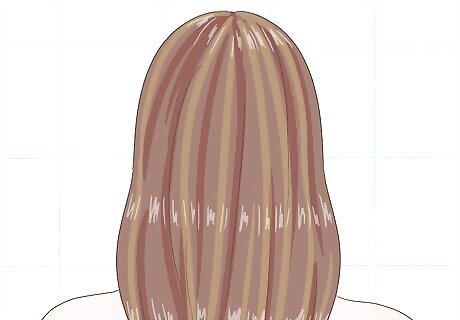
Finished.



















Comments
0 comment